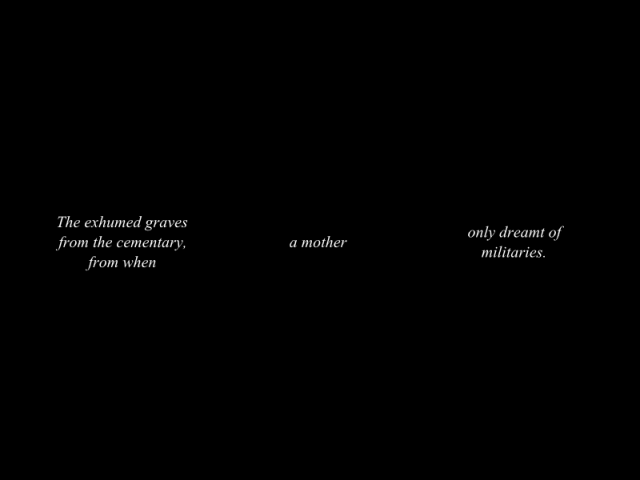link2clock
Day time:

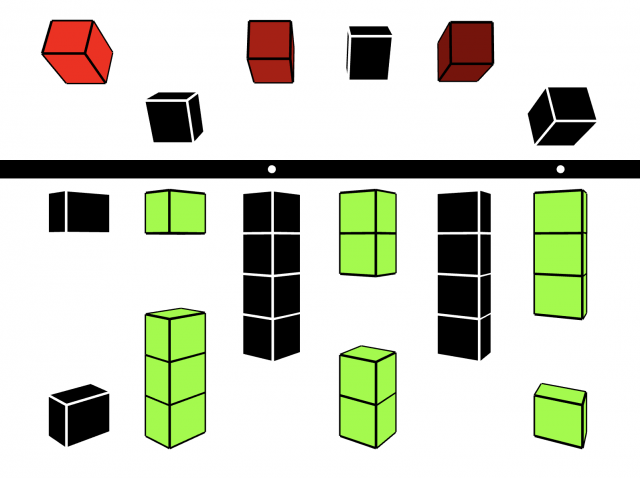
16:42:48
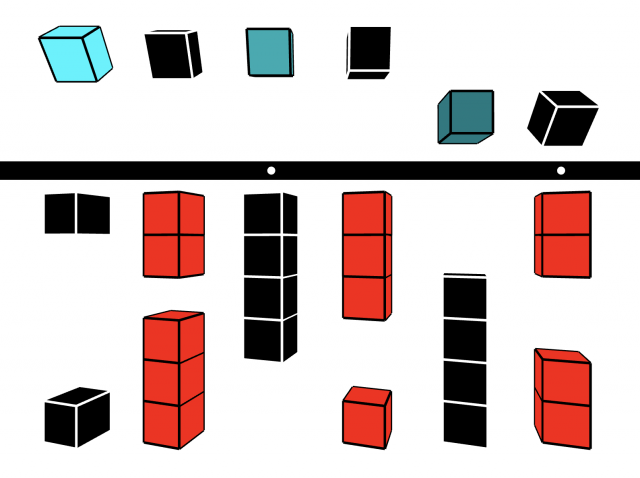
12:43:57
Night time:

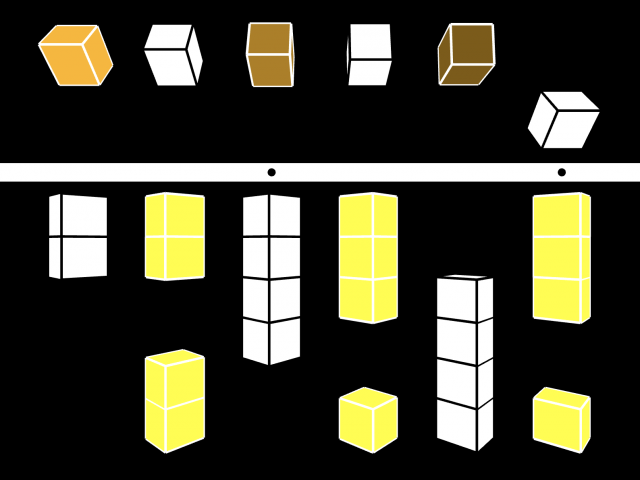
22:43:08
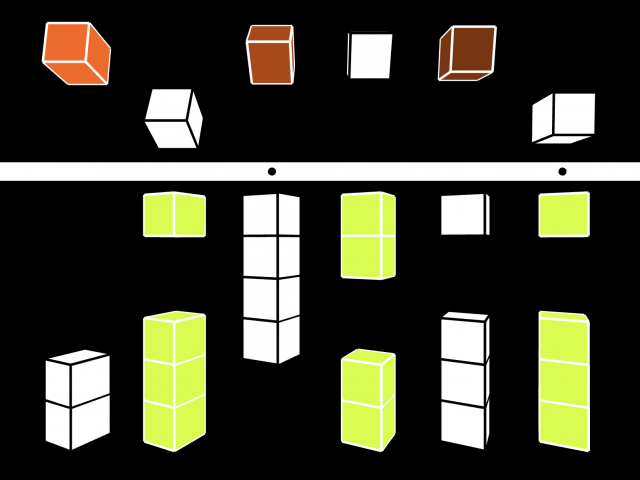
06:42:16
Process:
Coming up with an idea was definitely the hardest part of this project. Because I have never thought of depicting time in other formats other than digital or analog clocks, I spent a large portion of time pondering what would and could be an abstract clock. Pondering for a while made me conclude that any “clocks” could be laid in a line, where one end of the line being well-functioning useful (the clocks we can commonly find), while the other end being very abstruse (too abstract that some people might not consider it a clock). Because I do believe that all clocks do serve the function of representing time (as in how much of a day has past/left), I wanted to create a clock that could be read, yet still is an unconventional way of showing the time.
After going through numerous idea sketches, I settled with an abacus clock. Just like the timekeeping history, abacus has been around since the ancient period as a calculator. I remember learning how to use abacus when I was just beginning to learn simple math like addition and subtraction, and the impression I had of an abacus is that it looks funky yet organized. I had a hard time using abacus, but other people, especially those in the abacus competition, seem to easily take advantage of abacus. In fact, people who have been using abacus to calculate do the majority of the mental arithmetic by using the imaginary abacus inside their mind. I find that quite amusing, because to me, abacus was just an object that had little pebble-like pieces that I could fidget with and perhaps be a tiny little help in doing addition and subtraction.
Sketch:
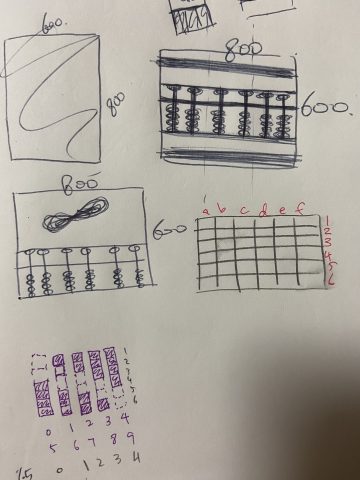
I enjoyed creating this clock because I had an opportunity to create one that’s to my taste and preference. For example, I set the background color to be black if it’s not between 8AM and 5PM because I don’t like looking at a bright screen when it’s dark outside. Another instance would be the rotating color-changing cubes; I love watching things move around, especially in 3D, when I’m spacing out. Since those who would be looking at this clock on the LED screen (if it’s presented) would have already made a decision to spend some portion of their time looking at the clock, I wanted the clock to be more engaging and interesting to them(i.e. have some movements that people can stare at).
How to use:
Each pair of columns from left to right respectively represents hour, minute, and second. Anyone is invited to use this clock as a clock by reading the abacus, or just as a time passing object by looking at the cubes rotate and change colors.
